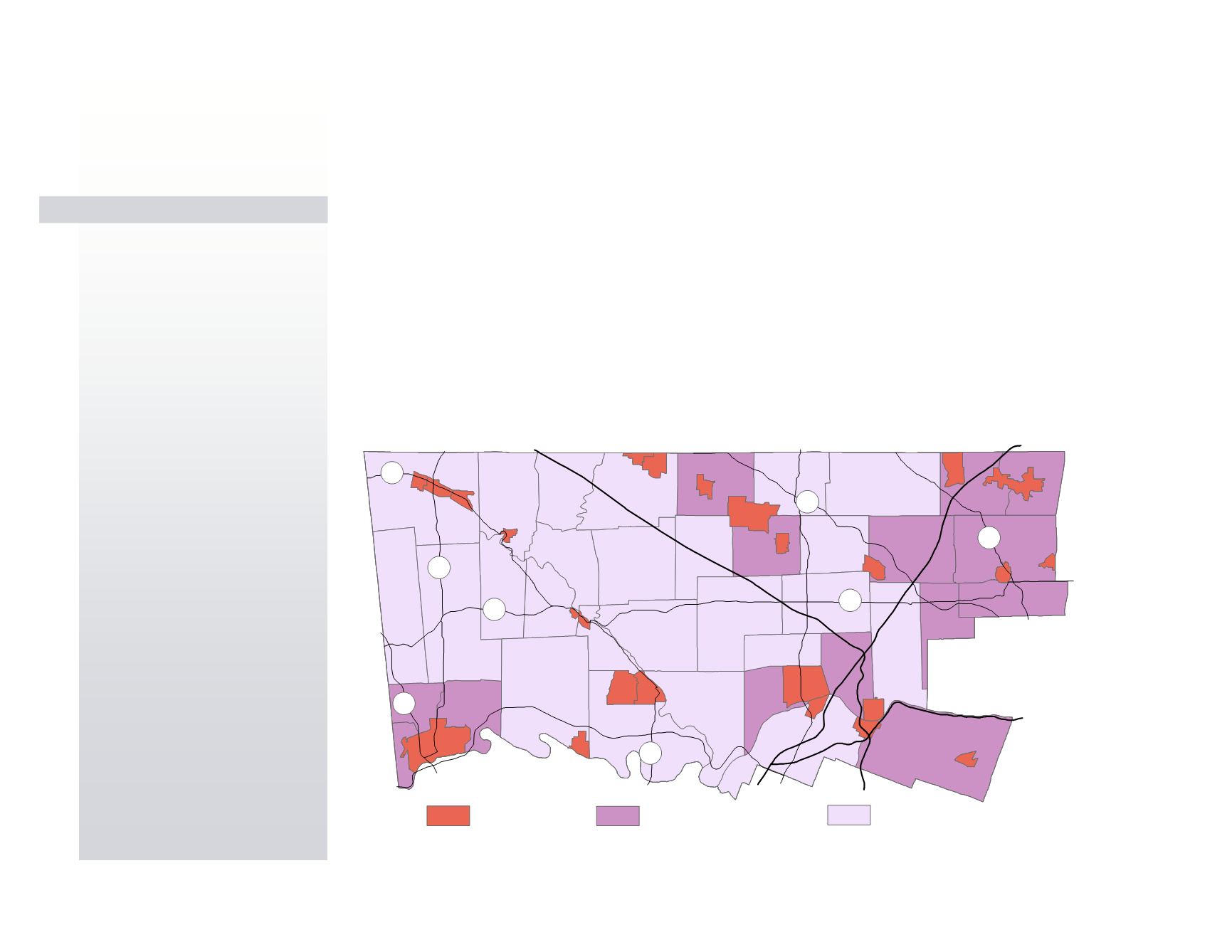
188
GOVERNMENTAL STRUCTURE
PLANNING ISSUE
The process of development is
often too time consuming,
confusing, and confrontational
for local officials, residents,
and property owners.
Federal and State Role
Regional and County Role
Municipal Cooperation
Local Municipal Role
Existing Municipal Types
Local Municipal Role
The 62 municipalities of the county control much of the planning and land development that occurs in the county. All of
these communities have zoning ordinances and subdivision and land development ordinances; the vast majority also
have adopted comprehensive plans. Local municipalities:
•
Adopt zoning and approve zoning changes; grant variances through zoning hearing boards.
•
Approve subdivisions and land developments.
•
Control local roads.
•
Are allowed to impose traffic and park impact fees but not other types of impact fees; however, user fees for sewer, water,
and other utilities can also be imposed.
•
Regulate stormwater runoff in accordance with state law and watershed plans, if one exists.
•
Provide sewage treatment in many cases.
•
Can provide parks, police protection, and volunteer fire protection; sometimes have libraries and other cultural facilities.
Local municipalities can create independent authorities for specific governmental purposes. The most common type of
authority in the county is for sewers; however, authorities also exist for water, parking, transportation, economic development,
solid waste, and recreation.
FIGURE 142:
Municipal Classifications
¯
Pottstown
Norristown
Lansdale
Collegeville
Jenkintown
Conshohocken
476
276
76
476
t
u
422
t
u
202
611
100
309
Borough
Hatboro
Ambler
Pennsburg
73
663
29
29
73
First Class Township
Second Class Township
1
2
3
4
5
6
7
8
9
10
11
12
13
14
15
16
17
18
19
20
21
22
23
24
25
26
27
28
29
30
31
32
33
34
35
36
37
38
39
40
41
42
43
44
45
46
47
48
49
50
51
52
53
54
55
56
57
58
59
60
61
62
Source: Pennsylvania Bureau of Municipal Services


